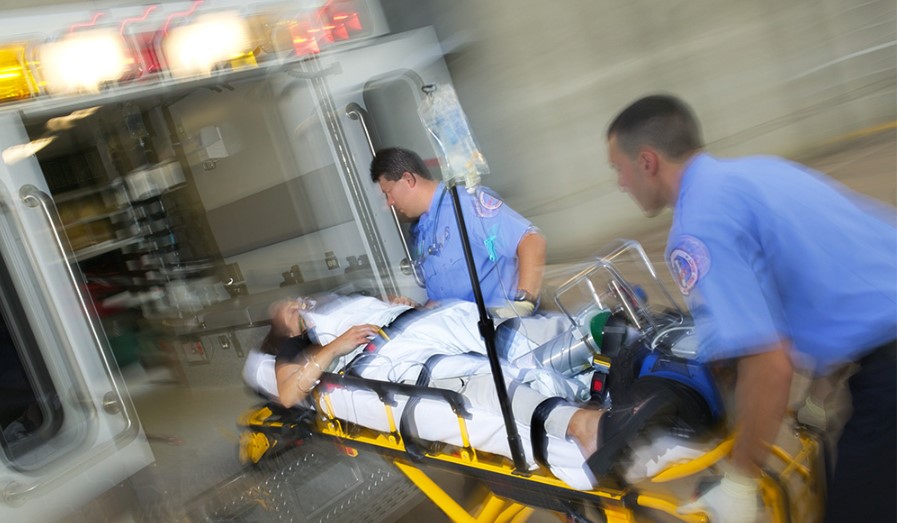In today’s healthcare landscape, ensuring patient safety is a top priority for hospitals. Implementing comprehensive strategies to enhance in-patient safety is crucial for providing high-quality care. This guide explores five effective ways hospitals can improve in-patient safety, focusing on preventive measures, technology integration, communication enhancement, staff training, and continuous quality improvement initiatives. By addressing these key aspects, hospitals can create a safer environment for patients, reduce adverse events, and enhance overall healthcare outcomes.
1- Preventive Measures:
Ensuring in-patient safety in hospitals is paramount, and implementing effective preventive measures, such as robust fall prevention strategies, is integral to this commitment. Hospitals can significantly enhance patient safety by prioritizing initiatives that address the risks of falls within their facilities. Incorporating comprehensive fall prevention protocols involves conducting thorough risk assessments, deploying trained staff, and implementing patient-specific interventions. By integrating technologies and design elements that mitigate fall hazards, hospitals create a safer environment for patients. Adopting a proactive approach to fall prevention in hospitals not only safeguards patients but also reflects a commitment to delivering high-quality and secure healthcare services.
2- Technology Integration for Monitoring:
The integration of technology plays a pivotal role in enhancing in-patient safety. Hospitals can leverage advanced monitoring systems to continuously track vital signs, medication administration, and patient movements. Electronic Health Records (EHRs) streamline communication among healthcare providers, reducing the risk of errors related to information exchange. Smart infusion pumps with built-in safety features can prevent medication errors, ensuring accurate dosages and administration. By embracing technological solutions, hospitals can create a real-time, interconnected system that promotes prompt decision-making and facilitates early intervention to mitigate potential risks.
3- Communication Enhancement:
In order to ensure the safety of patients, effective communication is essential. It should be a top priority for hospitals to implement initiatives that improve communication between medical staff, patients, and the relatives of those patients. It is possible to increase the clarity and accuracy of information flow during handovers or critical circumstances by using standardized communication protocols. One example of such a model is the SBAR (Situation, Background, Assessment, and Recommendation) model. Effective communication that is both clear and concise ensures that all parties engaged in patient care are well-informed, hence lowering the possibility of misunderstandings that might result in mistakes occurring. Encouragement of the reporting of safety concerns and the development of a collaborative approach to patient care are both outcomes of developing a culture of open communication.
4- Comprehensive Staff Training:
Investing in comprehensive staff training is essential for improving in-patient safety. Hospitals should provide ongoing education on safety protocols, the latest medical advancements, and evidence-based practices. Regular simulation exercises and drills enable healthcare teams to practice responses to emergencies, enhancing preparedness and minimizing the potential for errors. Training programs should also emphasize the importance of a non-punitive reporting culture, encouraging staff to report near misses or adverse events without fear of retribution. Well-trained and informed healthcare professionals are better equipped to deliver safe and effective care to patients.
5- Continuous Quality Improvement Initiatives:
Continuous quality improvement is an essential component in ensuring that in-patient safety standards are maintained and brought forward. Establishing rigorous quality improvement programs that include frequent evaluations of safety occurrences, root cause analysis, and the execution of remedial measures is something that hospitals should do. By doing data analysis on bad occurrences and near misses, hospitals are able to recognize patterns and trends, which in turn enables them to implement targeted treatments. Fostering a proactive attitude to risk reduction can be accomplished via the establishment of safety committees or task forces that are committed to in-patient safety. Hospitals are able to adapt to changing problems, establish a culture of learning, and maintain long-term advances in patient safety if they regularly monitor and improve their safety measures.
Conclusion:
In conclusion, enhancing in-patient safety requires a multifaceted approach that encompasses preventive measures, technology integration, communication enhancement, comprehensive staff training, and continuous quality improvement initiatives. Hospitals play a pivotal role in creating a safe environment for patients, and by adopting these strategies, they can significantly reduce the risk of adverse events. Prioritizing patient safety not only improves healthcare outcomes but also contributes to building trust between healthcare providers and patients. As hospitals embrace these initiatives, they move closer to achieving the ultimate goal of providing safe, effective, and patient-centered care.





